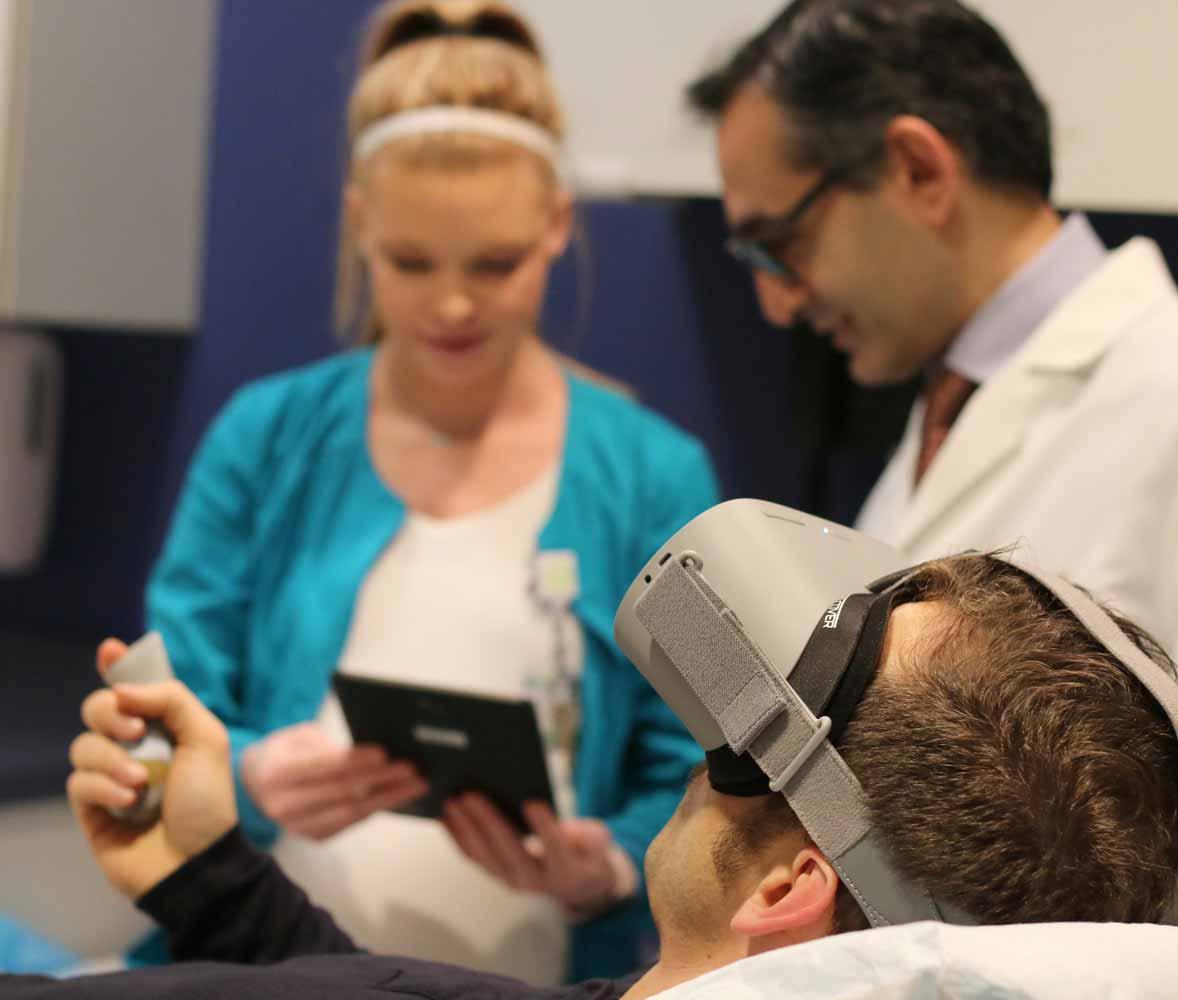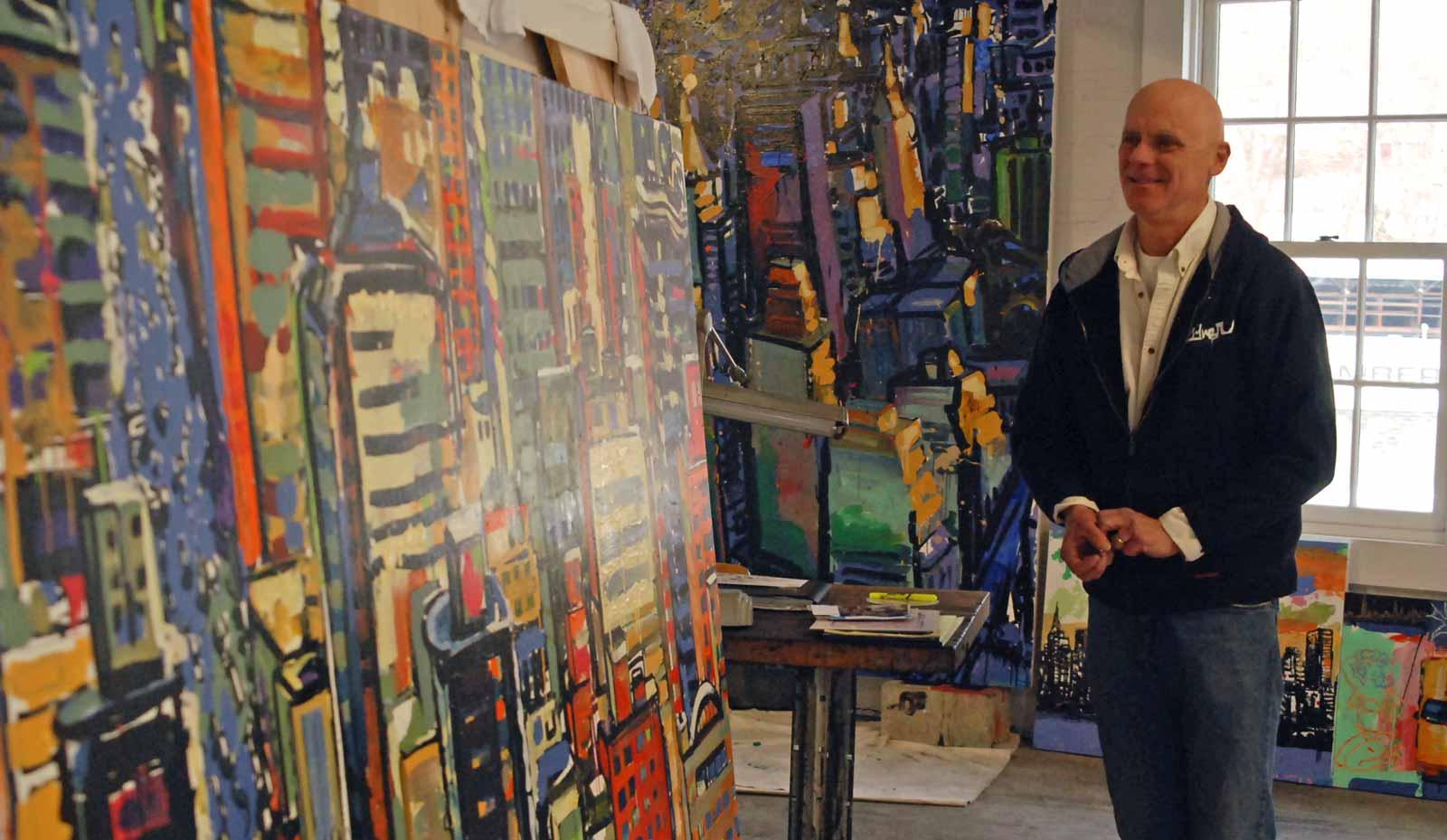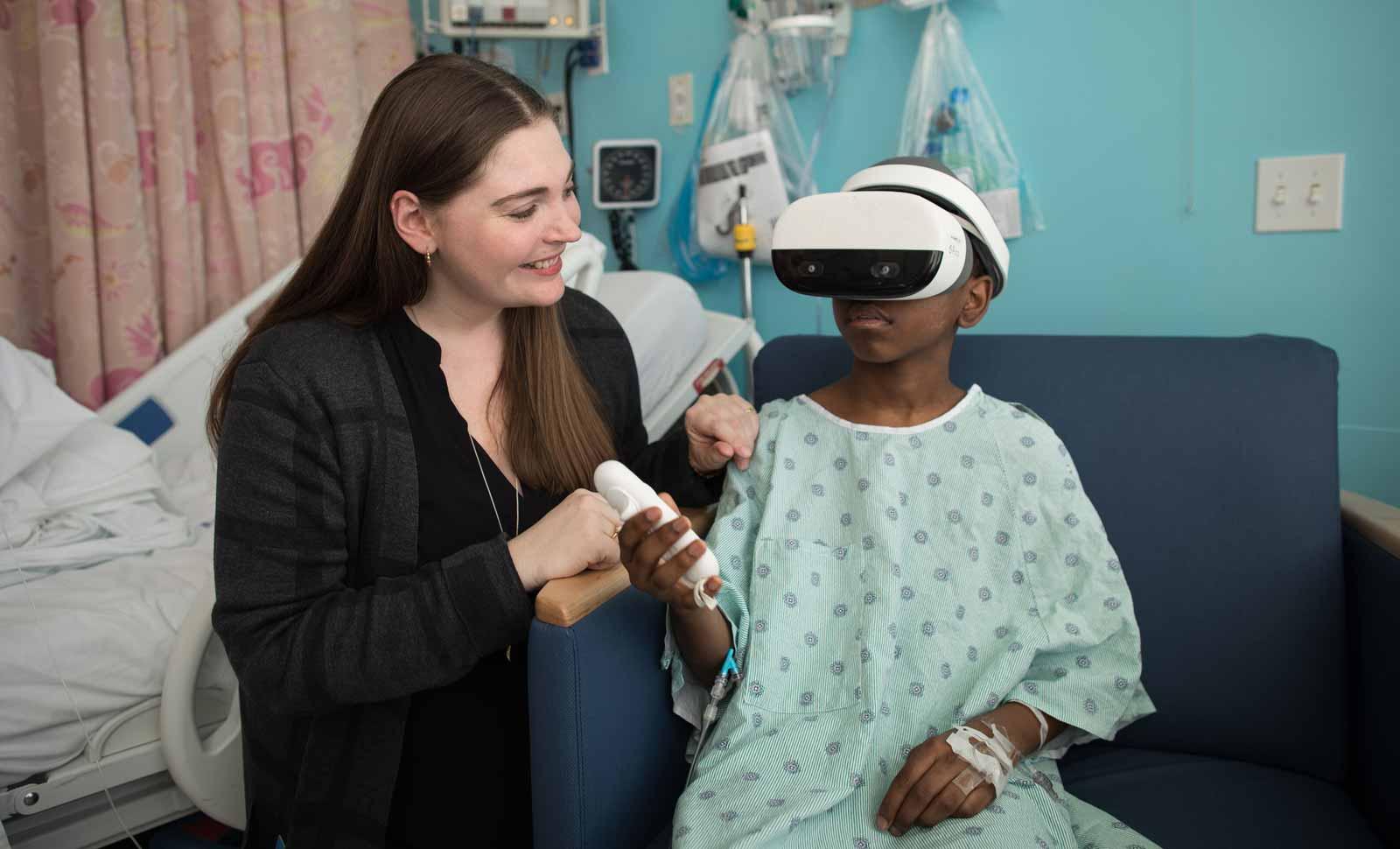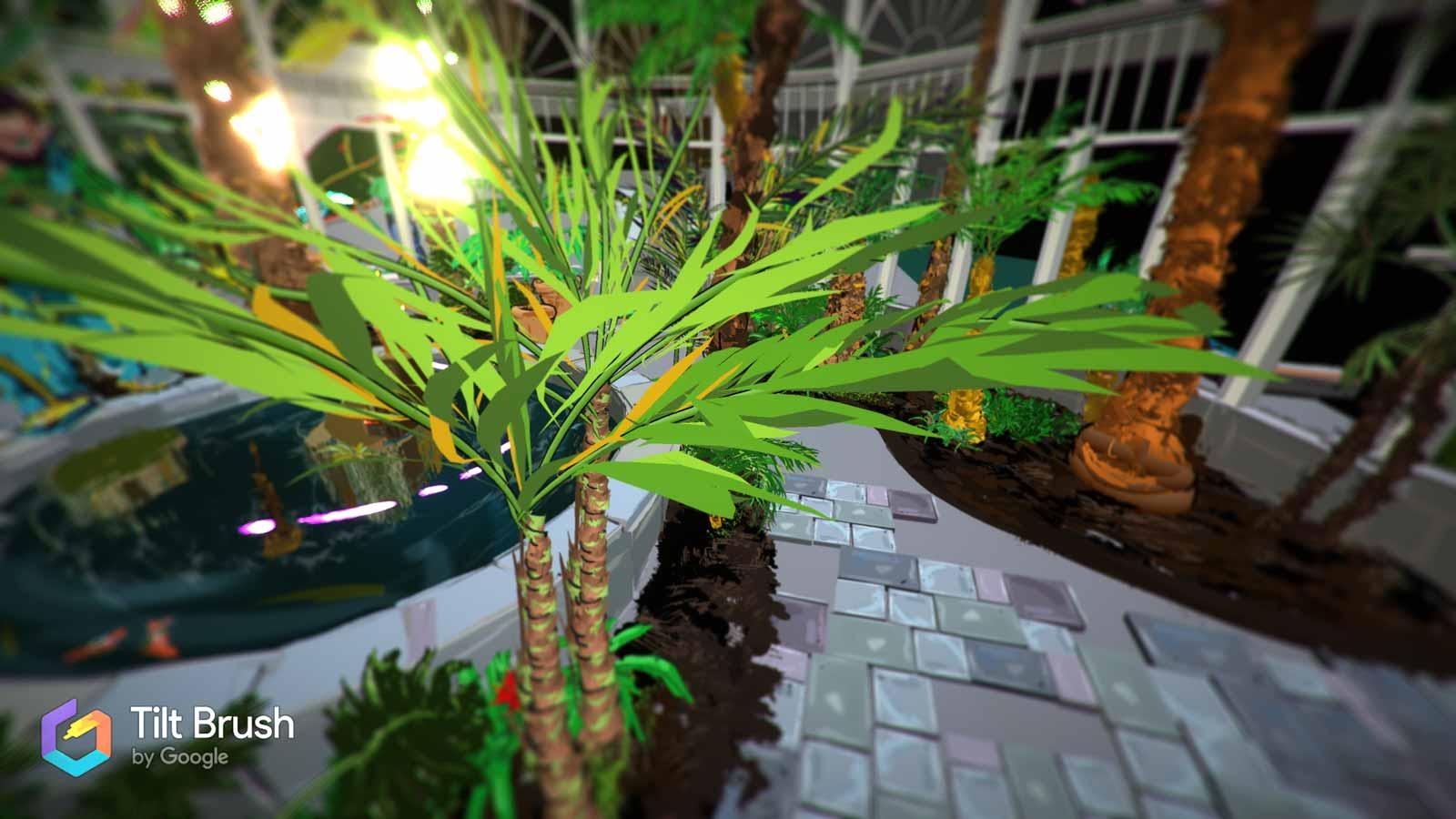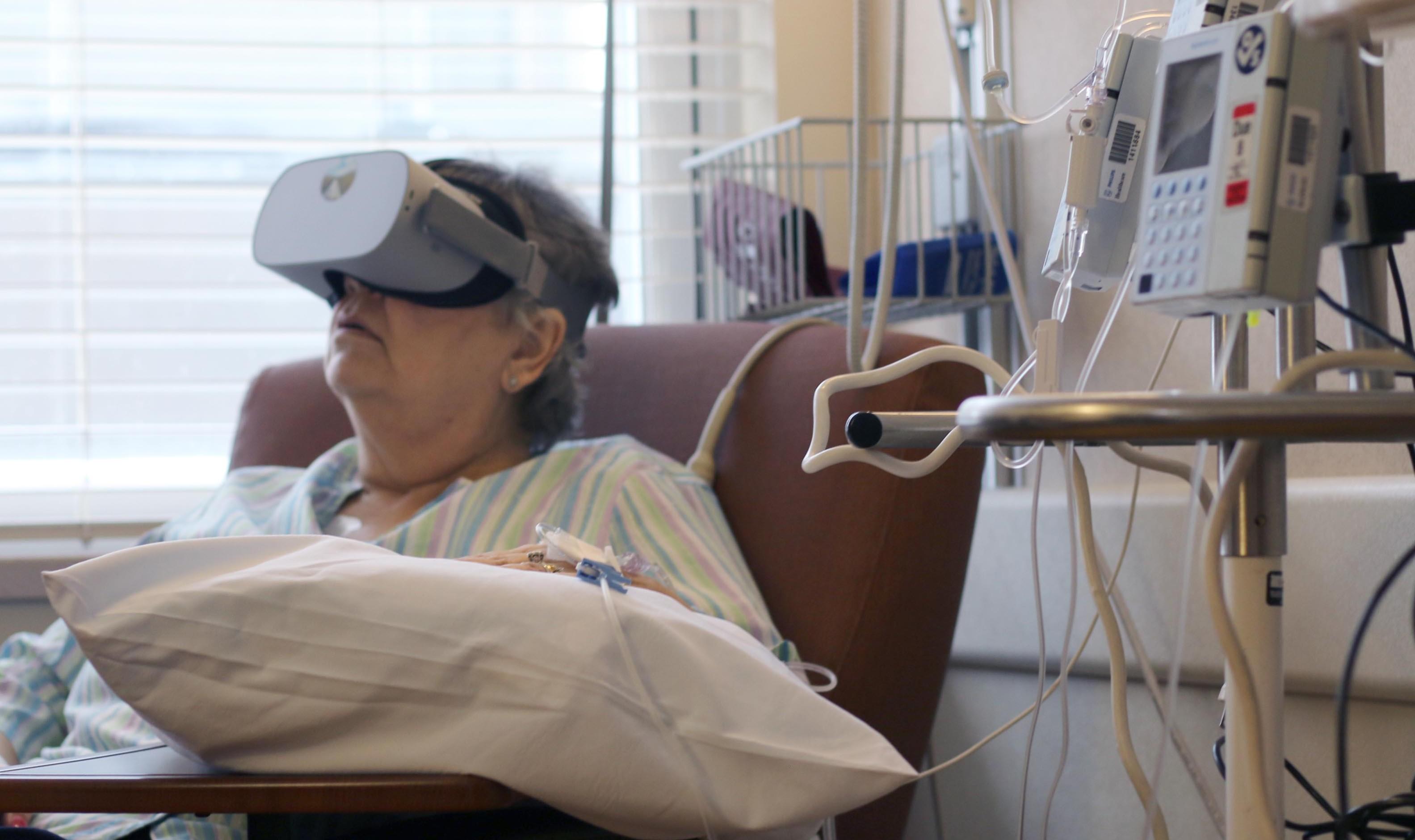Imagine standing in front of a painting of a bus stop in the Bronx. You’re lost in it, completely immersed; then, suddenly you are inside the painting, on the bus. You leave the bus and wander the street, stepping into shops and restaurants, as if they were really there. Now, imagine strolling through the Montmartre district of Paris, looking up at the majestic Basilica of the Sacre-Coeur. At this moment, its broad white dome displays some of your favorite paintings by Mexican artist Frida Kahlo.
These are not just dreams or flights of fancy. These trips are available today. The only catch is, for now, you must be hospitalized to take them.
For nearly a decade, medicine has researched ways to treat pain through a combination of virtual reality and art, as a way to reduce dependence on opioids, the overuse of which has become a national crisis.
“Pain is, essentially, an unpleasant sensory experience,” says Jaschar Shakuri-Rad, M.D., urologist and Director of Robotic Surgery at Mon Health Medical Center in Morgantown, West Virginia. “Pain needs cognitive attention to exist. Virtual reality can distract the brain from perceiving pain, and art has been used for years to calm patients,” he says.





